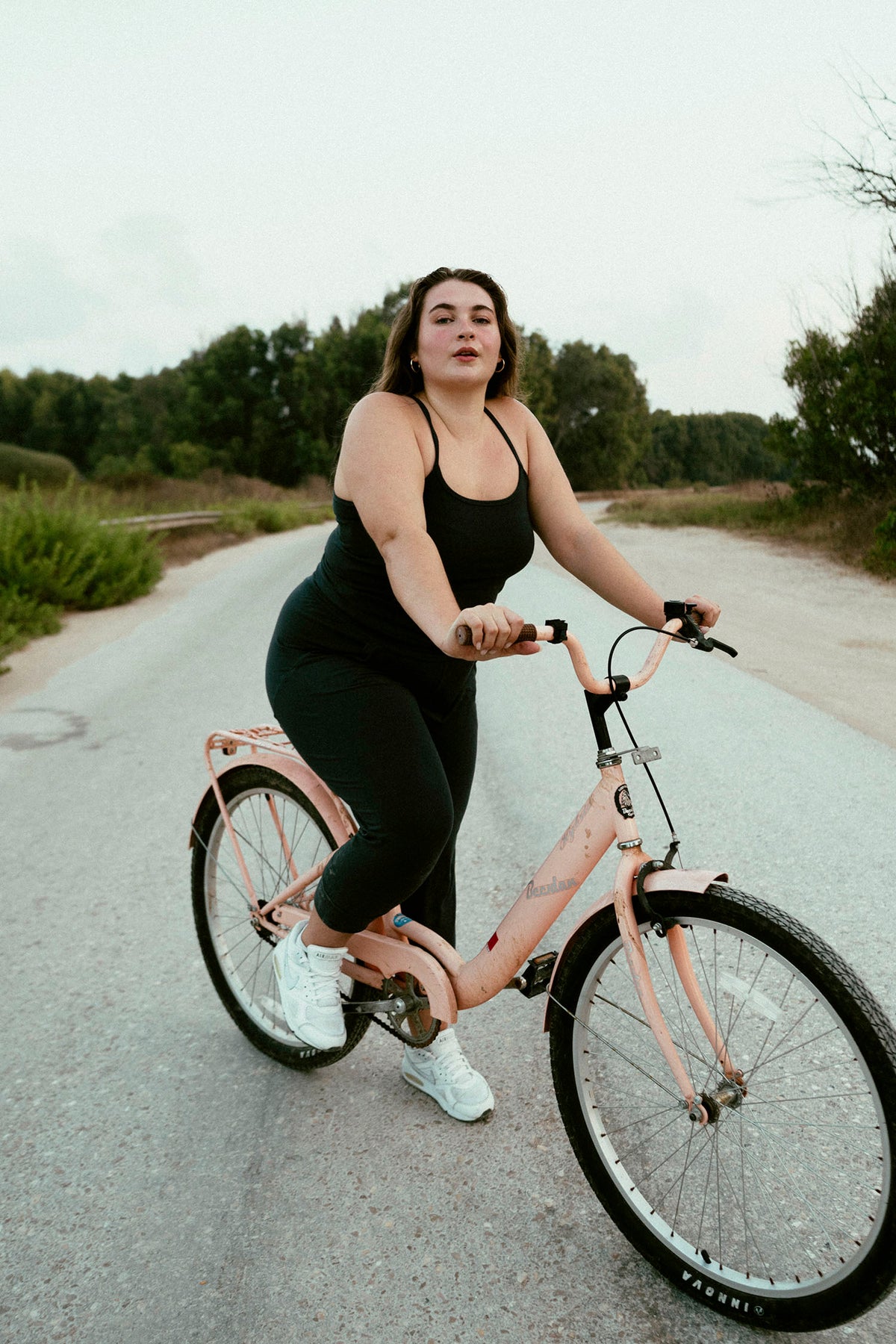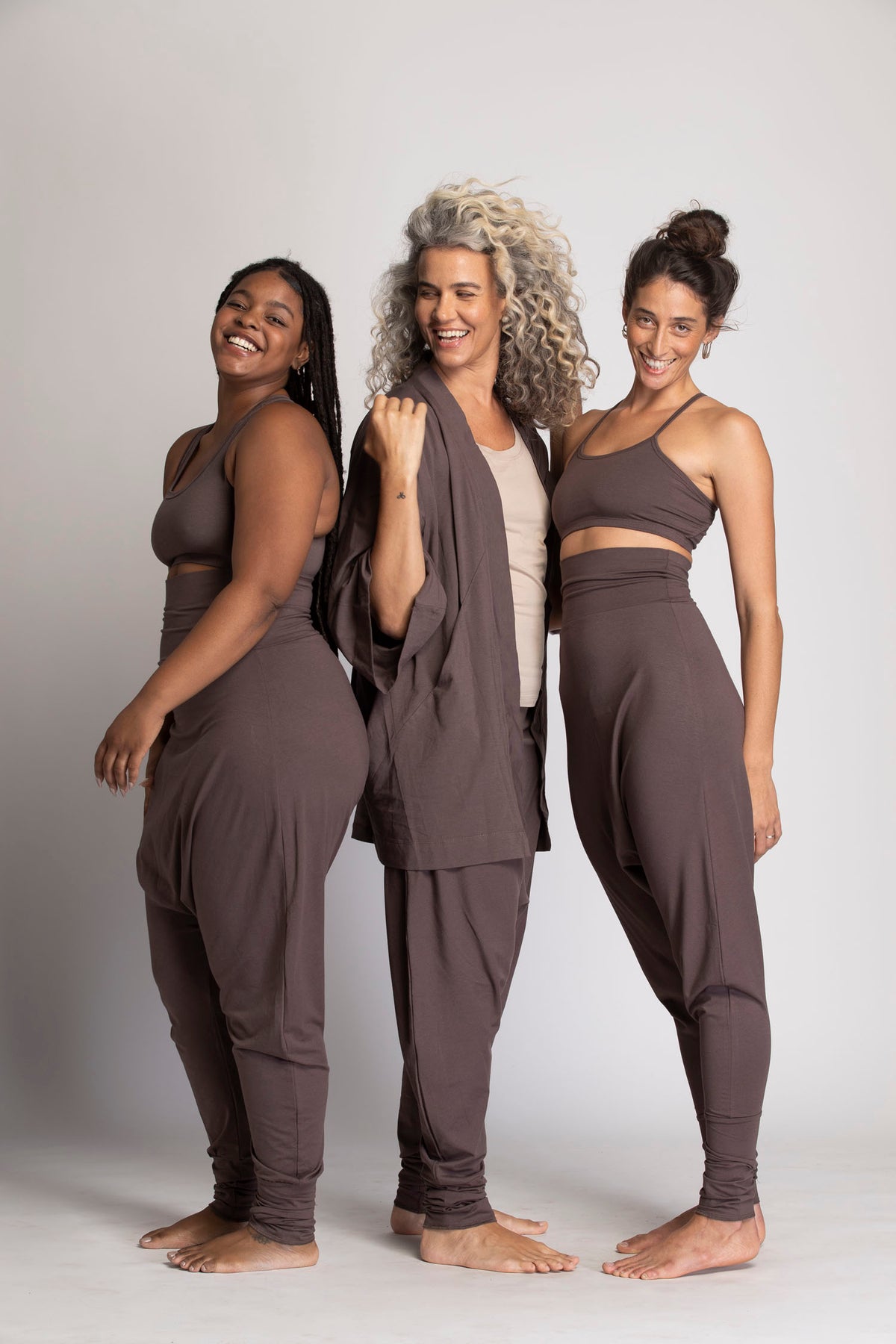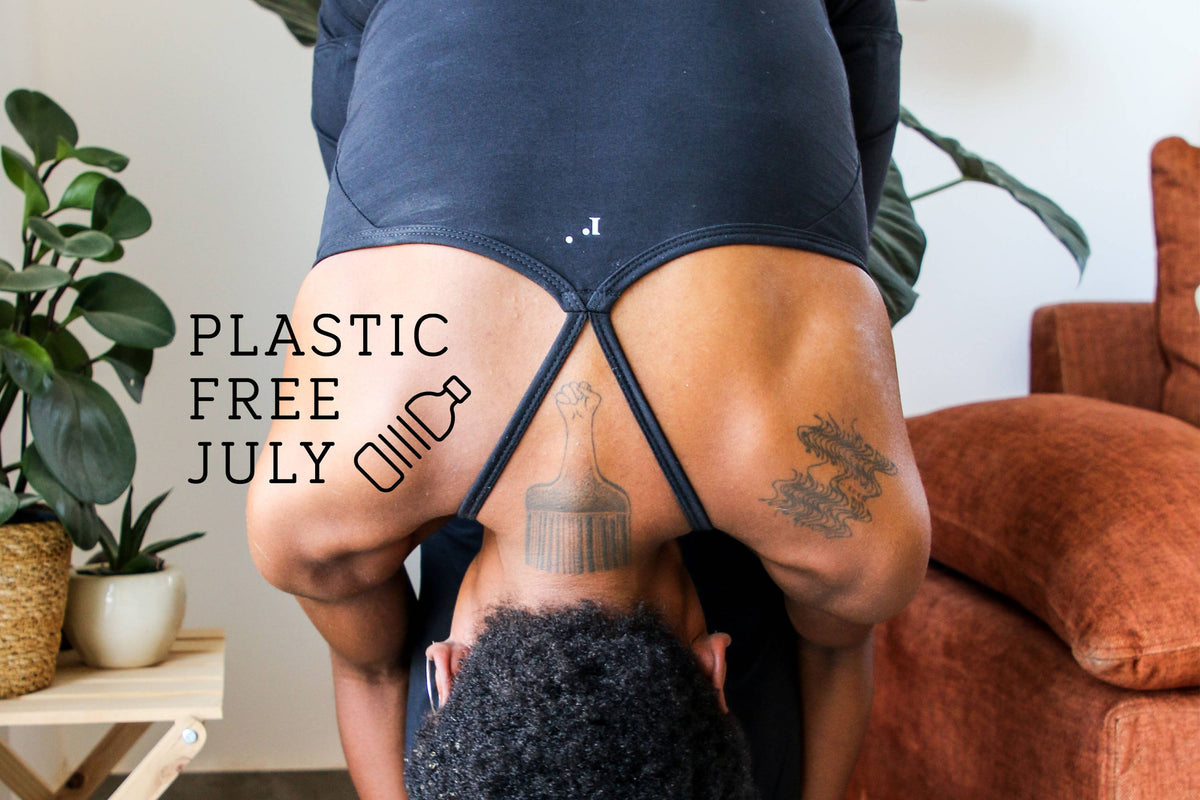Meet Tiger Bye
Tiger Bye is a hatha yoga teacher and an Oxygen Advantage® Master Instructor. Her classes explore the science underpinning ancient practices so students can achieve nuanced understanding for deeper wellbeing. Tiger believes the preventive wisdom within yoga and breath training is key to fortifying personal and public health.
So why breathe less?
Humans can survive weeks without food, days without water, but mere minutes without oxygen. In elementary science classes, we learn of the symbiosis between humans and plants: We breathe in the vital oxygen produced by plants, and in return they inspire the “waste” CO2 of our respiration. Typical descriptions of this respiratory cycle portray oxygen (O2) as uniquely beneficial and COs as a "waste product."
But what if I told you that CO2 is not waste, but equally vital for the body? You might be surprised to learn that it is actually CO2 that calms the body and enables oxygen to reach our cells.
Ancient Vedic texts, passed down from the 15th and 5th centuries BCE, explain that pranayama, Yogic breathing techniques, cannot be effectively done without Kumbhaka, breath retention. It seems counterintuitive. How could holding your breath be a necessity of a breathing practice? Shouldn't we breathe more to get more oxygen into the body? We now have the tools of modern science to validate what pranayama practitioners have felt for so long: That breathing less will oxygenate us more. In short, enhancing our body's CO2 tolerance directly correlates with more oxygen reaching our cells. As a result, our bodies can move, think, and rest more efficiently.
But how is this possible?
It all comes down to a fundamental biochemical process called the Bohr Effect. First described in 1904 by Danish psychologist Christian Bohr, this phenomenon explains why you might see doctors giving panicked patients paper bags to breathe into.
The Bohr Effect works like this:
By slowing lightening, or pausing the breath, carbon dioxide levels rise in the blood causing feelings of air hunger. From an increase in CO2, blood pH drops, creating a slightly more acidic environment. The oxygen molecules in the blood then lose their affinity for hemoglobin, the protein component of red blood cells that carries 98% oxygen in the blood.[1] When oxygen molecules become unbound from hemoglobin, they are taken up by other cells and tissues of the body to create energy for our bodies to use.
So what's the moral of this scientific story? If you want more oxygen to reach the cells in your body, you are better off breathing less, not more. It's all because carbon dioxide triggers the release of oxygen from the blood into the rest of the body.
Increasing levels of CO2 in the blood sounds straightforward but can feel challenging. Carbon dioxide is our body's primary stimulus to breathe. With increased CO2 in the blood, feelings of breathlessness or air hunger signal discomfort to the brain. The quicker and greater the discomfort someone feels, the lower the CO2 tolerance they most likely have. When we have a low tolerance to CO2, the body is more likely to compensate with fast and shallow mouth breathing that gets caught in the upper chest.[2] This is one form of hyperventilation. It's important to remember that "hyperventilation" is simply breathing more than the body's metabolic requirements. In other words, we could be over-breathing even if we aren't engaging in dramatic, panicked breathing. Most people are breathing more than needed. One breathes anywhere from 6-10 breaths per minute with functional respiration. The more breaths per minute, the more oxygen remains bound up in the blood.
Oxygen has an excitatory effect on the nervous system, whereas carbon dioxide has a calming effect.[3] The more comfortable we can get with greater levels of CO2 by slowing respiratory rate and decreasing respiratory volume, the more of its benefits we will receive. These include dilation of airways and blood vessels and greater oxygen uptake throughout the body. Hence the success of that nifty paper bag– rebreathing CO2 can help elicit a tranquilizing effect. Ultimately, a person's baseline breath ought to be light, slow, and deep– the opposite of hyperventilation. When a person's natural breathing pattern is like this, they most likely have a higher tolerance to CO2.
In addition to the benefits of increasing CO2 for the nervous system and mental health, it is a fantastic way to improve your overall fitness. For example, think of how much easier it would be to take a run if you felt less breathless. Not to mention, a greater CO2 tolerance enables quicker recovery due to the adaptations the body makes to higher acidity levels, which reduces fatigue.
One way to improve your CO2 tolerance is through the ancient art of Kumbhaka . By practicing holding our breath, we can quickly and acutely raise levels of CO2 in the blood, releasing more oxygen to our tissues and thus conditioning the body to be less reactive to physiological and psychological stress.
There are four steps in the process of respiration: (1) inhale, (2) pause, (3) exhale, and (4) pause. The two natural pauses, or retentions, are the opportunities to practice Kumbhaka . The two types of Kumbhaka refer to the two steps of the breath cycle when you engage in a breath hold. Antah Kumbhaka refers to the breath-hold after inhalation. In contrast, Bahih Kumbhaka refers to the breath held after the exhale. To balance the nervous system and access the effects of carbon dioxide more quickly, it is most helpful to practice the latter, Bahih Kumbhaka . This is because the lungs are emptied, and CO2 levels rise more rapidly in the blood.
It is also essential to consider the duration of the breath hold, as eliciting small, medium, and significant sensations of air hunger will have different effects on the body. Longer and stronger breath holds can be too up-regulating if not done carefully. Thus, understanding your initial tolerance to carbon dioxide is helpful before practicing Kumbhaka .
Thankfully, the Oxygen Advantage®, a breath training methodology developed by Patrick McKeown over the last 20 years, has a simple and accurate way to diagnose your tolerance. It's called the "BOLT Score", which stands for Body Oxygen Level Test. You can perform it like this:
1. Take a normal, silent inhale through the nose.
2. Take a normal, silent exhale through the nose.
3. Hold your nose with your fingers to prevent air from entering your lungs.
4. Use a timer to count the number of seconds until you feel the first distinct desire to breathe in.
5. The number of seconds recorded is your BOLT score.
The inability to hold the breath for more than 20 seconds suggests a disturbance to the breathing pattern or dysfunctional breathing.[4] But don't worry; improving your CO2 tolerance through Kumbhaka can help within a matter of weeks.
Remember, these practices are not about being competitive with yourself but developing the
body's adaptivity and resilience. We don't practice breathing just to be good
at breathing. We improve our breathing to be better at life. When our bodies
and minds have a lower arousal threshold for stress, we can weather heavier
storms and experience greater joy. It's called a yoga "practice" for a reason. I recommend practicing these breath holds for two days in a row, then take the third day off, and repeat.
[1] Kaufman, D. P., Kandle, P. F., Murray, I., & Dhamoon, A. S. (2022). Physiology, Oxyhemoglobin Dissociation Curve. In StatPearls. StatPearls Publishing.
[2] King, J. (1988). Hyperventilation-A Therapist’s Point of View: Discussion Paper. Journal of the Royal Society of Medicine, 81(9), pp.532-536.
[3] Hibbert GA. Hyperventilation as a cause of panic attacks. Br Med J (Clin Res Ed). 1984 Jan 28;288(6413):263-4. doi: 10.1136/bmj.288.6413.263. PMID: 6419888; PMCID: PMC1444088.
[4] Kiesel, K., Rhodes, T., Mueller, J., Waninger, A. and Butler, R. (2017). Development of a screening protocol to identify individuals with dysfunctional breathing. International Journal of Sports Physical Therapy, 12(5), pp.774- 786.









